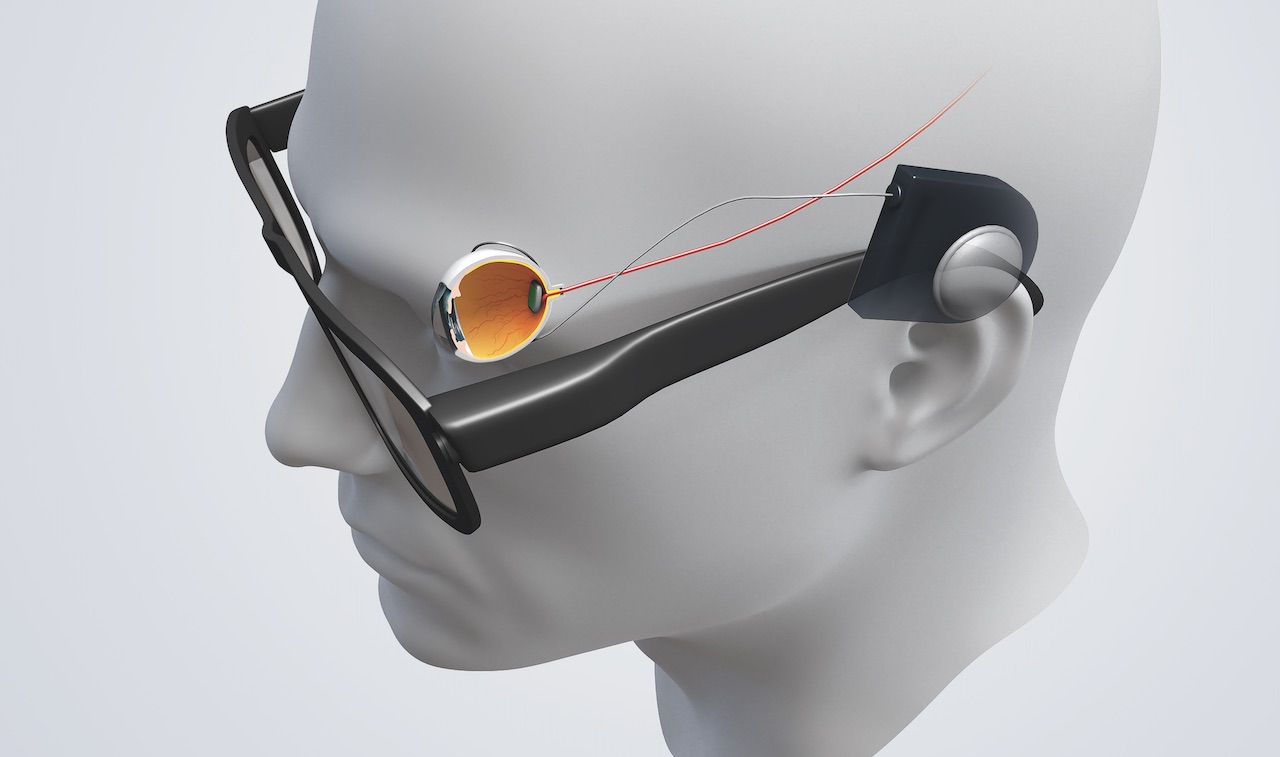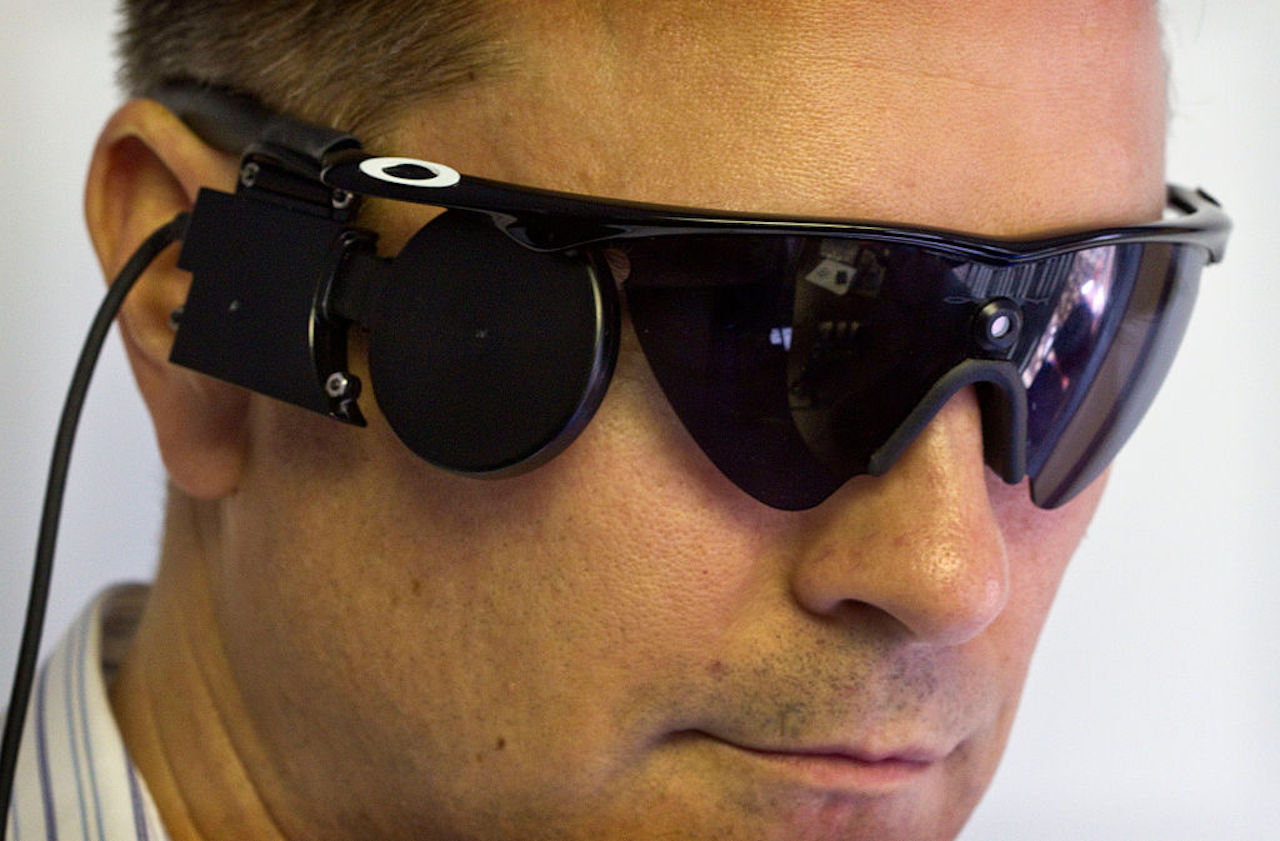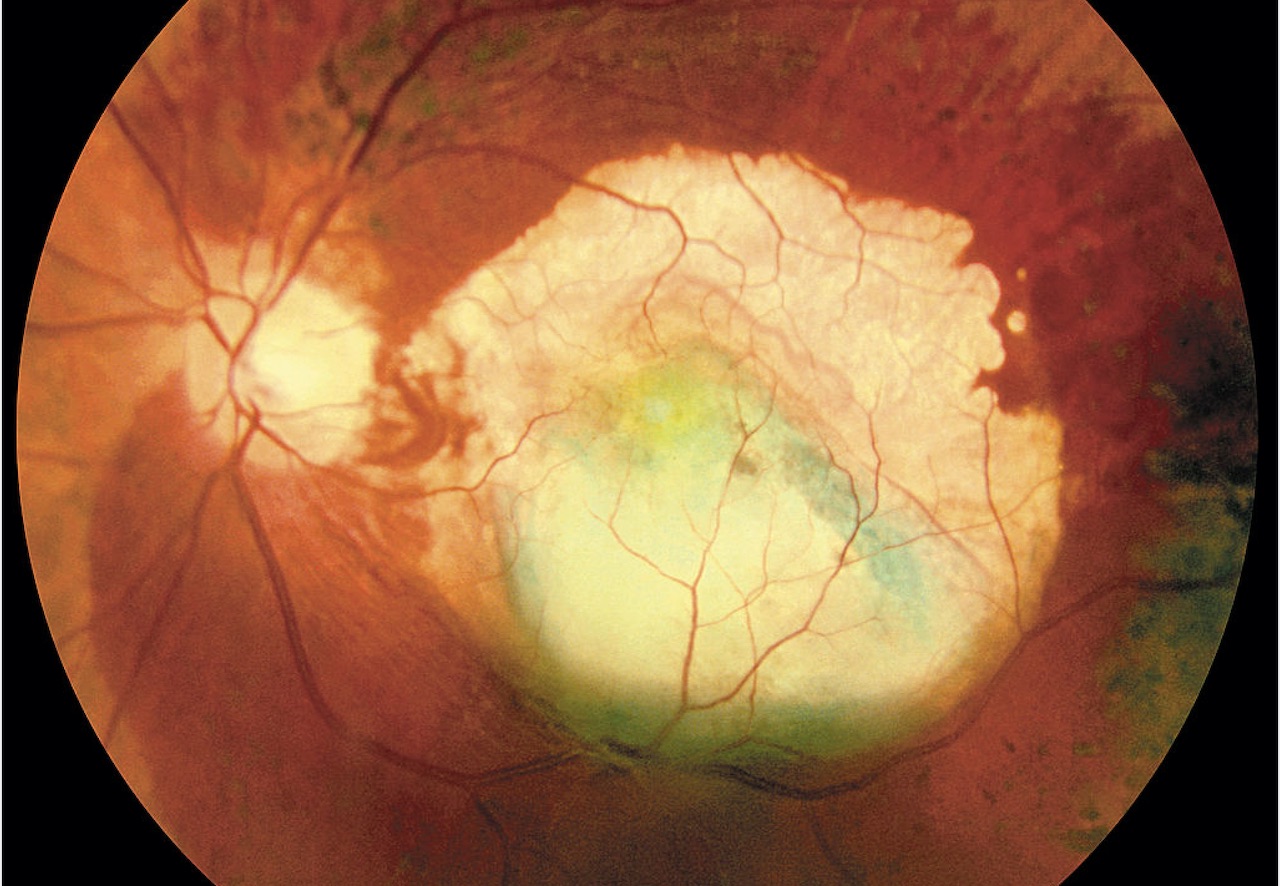Bionic eyes: How tech is replacing lost vision
Bionic eyes could be the solution to one of the most pressing medical issues of our time.

The creation of bionic eyes, as a result of recent advances in science and technology, are restoring hope to many who are unable to see or are partially sighted due to injury, illness or genetics.
With nearly 40 million people suffering from blindness worldwide and another 135 million affected by low vision, according to the World Health Organization (WHO), the need for new solutions is pressing. Could bionic eye technology lead the way?
A healthy eye takes in light through the pupil and a lens focuses that light onto the back of the eye, where there is a thick layer of light sensitive tissue called the retina. Cells called photoreceptors turn the light into electrical signals which travel down the optic nerve to the brain, which then interprets the images.
But problems occur when part of that system is interrupted, often by degenerative diseases which can damage parts of the retina. This is where technology steps in to bridge the gap in the part of the process which is missing or damaged.
Bionic eye technology
In 2009 surgeons at Manchester and Moorfields hospital, in the U.K. delivered the world's first trial of the Argus II bionic eye to patients with Retinitis Pigmentosa, according to the University of Manchester. They implanted the devices into ten patients with sight loss. The Argus II helped patients recognize shapes and patterns, and in 2013, the U.S. Food and Drug Administration legally approved the device for use.

Further development
Bionic eye technology has continued to develop and in 2021 researchers at Keck School of Medicine of USC created an advanced computer model to mimic the human retina, according to the Association for Computing Machinery (ACM). This replicates the shapes and positions of millions of nerve cells and could help bring color vision and improved clarity to the technology.
Scientists at the University of Sydney and UNSW recently carried out successful trials of the Phoenix99 bionic eye in sheep, to determine how the body heals when it is implanted with the device .
Researchers said there were no unexpected reactions and expect it could safely remain in place for "many years". The work will now pave the way for human trials. One of the problems with the tech though is that it can be relatively bulky, so the race is on to find new ways to power bionic eyes.
Scientists at the Harbin Institute of Technology in China and Northumbria University recently developed a low-power system to control the synaptic devices in the bionic eyes, with lead professor Professor PingAn Hu describing it as a ‘significant breakthrough’ according to Northumbria University’s press release.
How a bionic eye works
This technology has to translate images into something the human brain can understand. Click the numbers in the interactive image below to find read about how this works.
Vision destroying illnesses
There are a whole range of conditions, some which are picked up due to the aging process and others which may be inherited, that can cause sight deterioration.
Bionic eyes work by ‘filling in the blanks’ between what the retina perceives and how it is processed in the brain’s visual cortex, that breakdown occurs in conditions which impact the retina. It is largely these conditions which bionic eyes could help treat.
According to Tufts Medical Center, one such disease is Retinitis Pigmentosa, a group of rare genetic disorders that involve a breakdown and loss of cells in that part of the eye.
Another condition is age-related macular degeneration (AMD), an eye disease that can blur someone’s central vision. The condition occurs when aging causes damage to the macula, the part of the eye that controls sharp, straight-ahead vision.
As well as degenerative illnesses, bionic eyes could in theory be used to treat people who have suffered physical injuries which have led to retinal damage too, according to Nature.

A world first
The first patient to receive a bionic eye was grandfather Keith Hayman in 2009, according to the Association of Optometrists. He was in his 20s when he was diagnosed with retinitis pigmentosa and went blind several years later.
After being fitted with the bionic eye at Manchester Royal Eye Hospital, he was able to see the difference between light and dark and could detect people moving.
He said: “It means I can see my grandchildren for the first time. When they come round to see me they wear white t-shirts to help me keep an eye on them. I couldn’t tell you much about what they look like, but at least I can see them coming now!”
Additional resources
You can read more about the future of the bionic eye at the Australian Academy of Science website. To find out about other ways that artificial vision can improve lives, watch this TED Talk by Ziv Aviram.
Bibliography
“Manchester patients among first to receive bionic eye implants”. The University of Manchester, Faculty of Biology, Medicine and Health. https://www.bmh.manchester.ac.uk/connect/social-responsibility/impact/bionic-eye-implant/
“Computer Model Fosters Potential Improvements to 'Bionic Eye' Technology”. Association for Computing Machinery (2021). https://cacm.acm.org
“Developing the next generation of artificial vision aids”. Northumbria University (2021). https://newsroom.northumbria.ac.uk/pressreleases
Sign up for the Live Science daily newsletter now
Get the world’s most fascinating discoveries delivered straight to your inbox.

Mark Smith is a freelance journalist and writer in Liverpool, England. A graduate in Information Systems, he has written on business, technology and world affairs for organizations ranging from the BBC, The Guardian, The Telegraph and How It Works Magazine, as well as magazines and websites in the United States, Europe and South East Asia. Subjects of his writing have ranged from quantum computing to the VFX of Tron. He is the author of "The Entrepreneur's Guide to the Art of War," which Booklist called "Essential reading for the business leaders of tomorrow and a fascinating study of the boardroom as the new battlefield."










